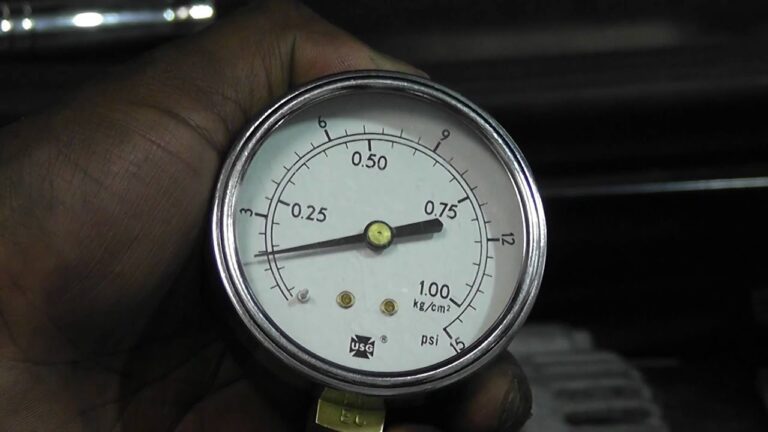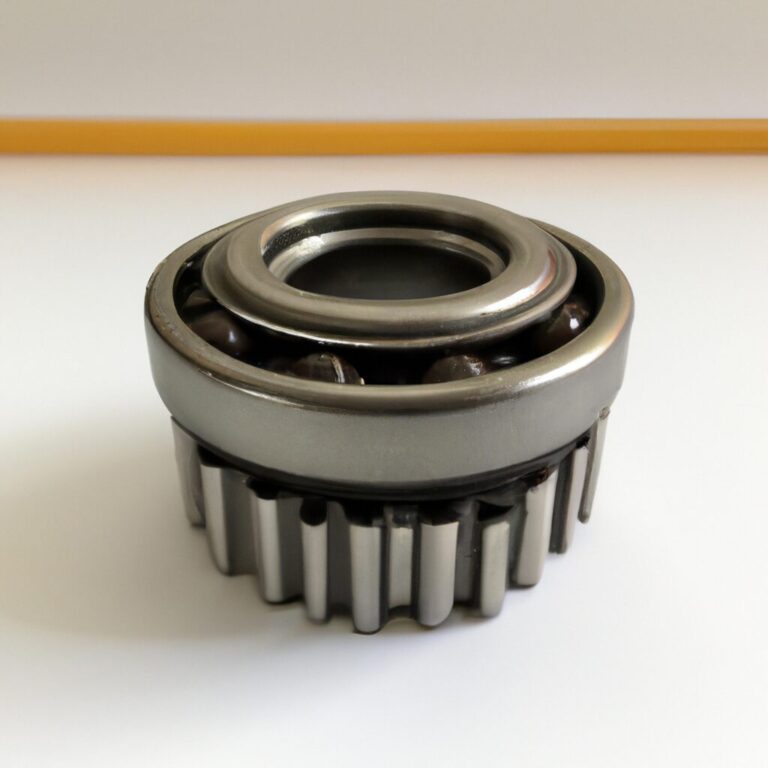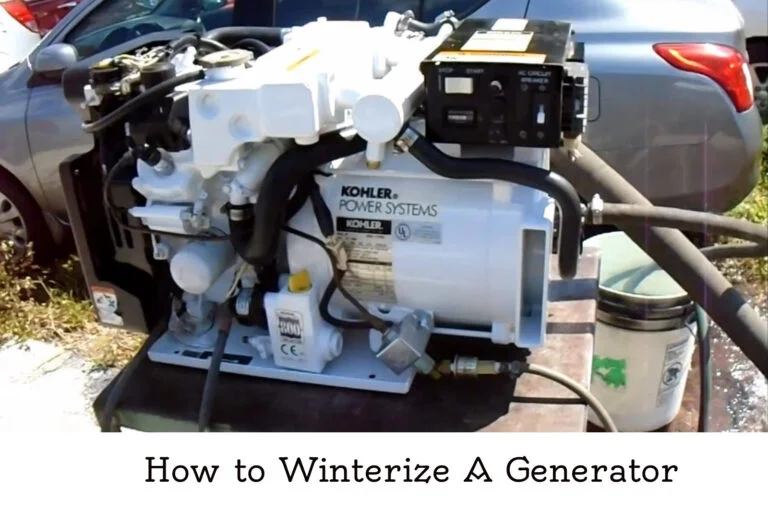Ultimate Guide to High-Performance Ignition System Repair
For a comprehensive guide on high-performance ignition system repair, you’ll find step-by-step instructions, troubleshooting tips, and recommended tools and parts to ensure your ignition system operates at its best. Whether you’re a DIY enthusiast or a professional mechanic, this guide covers everything you need to know to diagnose and rectify issues with your vehicle’s ignition system, from spark plugs to wiring and beyond.
With expert insights and practical advice, you’ll gain the knowledge and confidence to tackle ignition system repairs effectively and efficiently. So, let’s dive in and explore how to optimize your vehicle’s ignition system for peak performance and reliability.
Understanding Ignition Systems
Get an in-depth understanding of high-performance ignition system repair with our ultimate guide. Learn how to troubleshoot, diagnose, and fix ignition system issues for optimal engine performance. Discover the secrets to achieving a reliable and efficient ignition system that will enhance your vehicle’s power and efficiency.

Credit: www.wcrouse.com
Common Signs Of Ignition System Problems
When it comes to the health and performance of your vehicle, the ignition system plays a critical role. Recognizing the common signs of ignition system problems can help you address issues early and avoid costly repairs down the line. From engine misfires to difficulty starting the engine and reduced fuel efficiency, here’s what you need to know about the most prevalent indicators of ignition system trouble.
Engine Misfires
An engine misfire is a clear sign of ignition system issues. Misfires occur when the air-fuel mixture in the combustion chamber fails to ignite properly, resulting in a noticeable sputter or jerk as you drive. Ignition system problems, such as faulty spark plugs, damaged ignition coils, or a malfunctioning distributor, can all contribute to engine misfires.
Difficulty Starting The Engine
If you find yourself struggling to start your vehicle, the ignition system could be the culprit. Difficulty starting the engine may stem from a weak or inconsistent spark, which can be caused by worn-out spark plugs, a faulty ignition switch, or a failing ignition coil. Addressing these issues promptly is essential to ensure your vehicle starts reliably.
Reduced Fuel Efficiency
An often overlooked sign of ignition system problems is reduced fuel efficiency. When the ignition system is not functioning optimally, the air-fuel mixture may not combust efficiently, leading to increased fuel consumption. If you notice a sudden drop in your vehicle’s fuel economy, it’s crucial to have the ignition system inspected to identify and resolve the underlying issues.
Diagnosing Ignition System Issues
Discovering and resolving ignition system issues is vital for optimal performance. Identifying common problems such as faulty spark plugs, distributor cap, or ignition coil can help pinpoint the root cause and facilitate effective repair. Conducting regular diagnostics and maintenance is essential for ensuring a high-performance ignition system.
Checking Spark Plugs
Spark plugs play a vital role in the ignition process. Over time, they can accumulate debris, become worn, or even fail outright. Therefore, it is crucial to regularly check the condition of your spark plugs. Here’s a step-by-step guide on how to check them:- Start by disconnecting the spark plug wires from the spark plugs.
- Inspect each spark plug for signs of wear, such as electrodes that are worn down or covered in black soot.
- If you notice any issues, replace the spark plugs with new ones that are compatible with your vehicle make and model.
- Reconnect the spark plug wires in their correct order, ensuring a secure connection.
Testing Ignition Coils
Ignition coils are responsible for generating and amplifying the electrical power needed to produce spark in the spark plugs. When an ignition coil fails, it can lead to ignition system malfunctions. To test your ignition coils, follow these steps:- Step 1: Start by locating the ignition coils in your vehicle’s engine bay.
- Step 2: Disconnect the electrical connectors from the ignition coils.
- Step 3: Use a multimeter to measure the primary and secondary resistance of each ignition coil.
- Step 4: Compare the resistance values to the manufacturer’s specifications for your specific ignition coil model.
- Step 5: If the resistance values do not fall within the specified range, replace the faulty ignition coil.
- Step 6: Reconnect the electrical connectors to the new ignition coil.
Inspecting Ignition Wires
Ignition wires, also known as spark plug wires, play a crucial role in delivering the electrical current from the ignition coil to the spark plugs. Over time, these wires can deteriorate, leading to poor electrical conductivity and misfiring issues. Follow these steps to inspect your ignition wires:- Step 1: Start by locating the ignition wires in your engine bay.
- Step 2: Inspect the wires for any visible signs of damage, such as cracks, corrosion, or burned areas.
- Step 3: Check the connections at both ends of the wires to ensure they are secure.
- Step 4: If you notice any issues, replace the damaged ignition wires with new ones that are compatible with your vehicle.
- Step 5: Double-check that all connections are tight and secure after replacing the ignition wires.
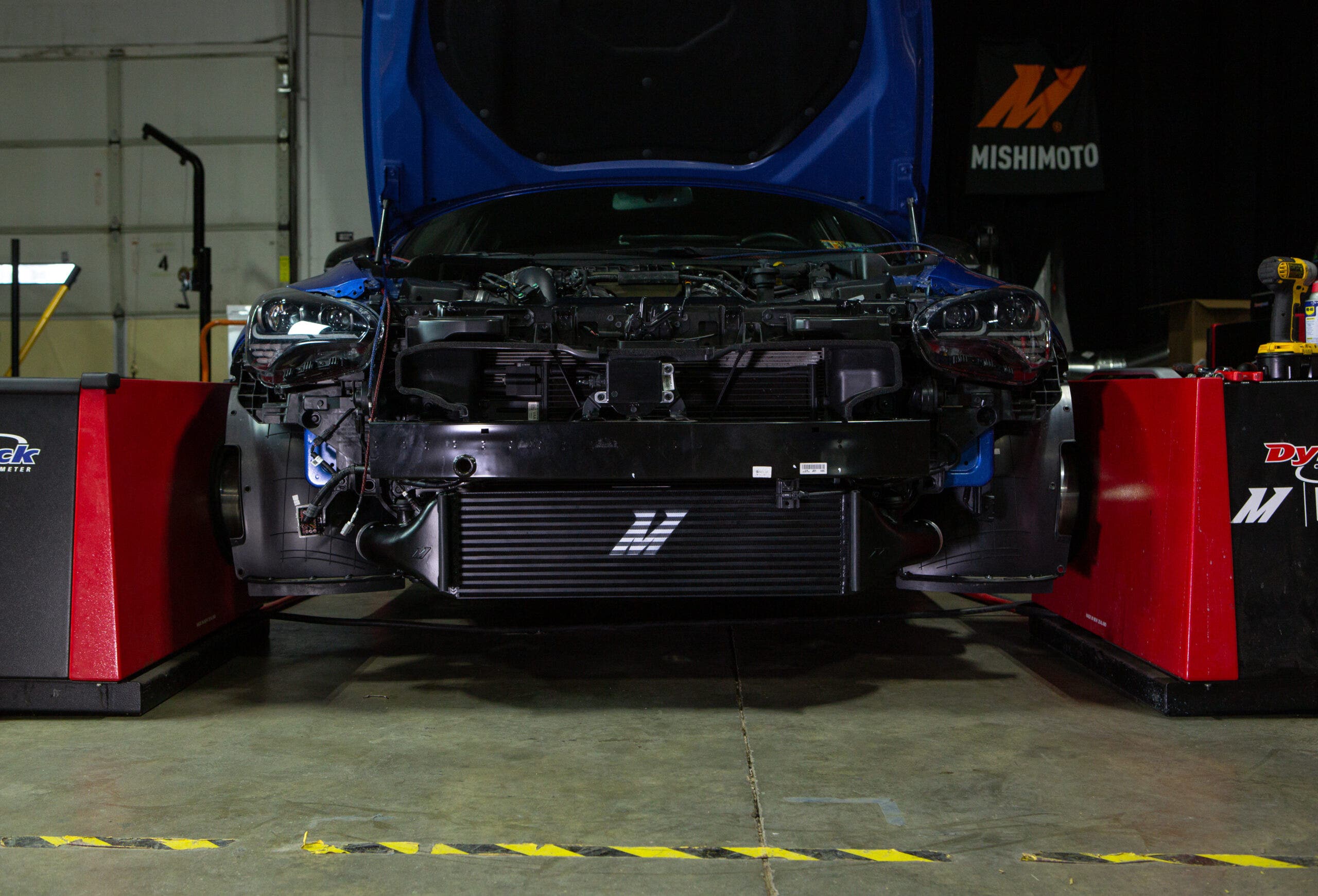
Credit: www.mishimoto.com
Repairing Ignition System Components
Repairing Ignition System Components:
Replacing Spark Plugs
Inspect the spark plugs for wear and carbon buildup.
Use a spark plug socket and wrench to carefully remove them.
Install the new spark plugs by hand to avoid stripping the threads.
Replacing Ignition Coils
Locate the ignition coils near the spark plugs.
Unplug the electrical connectors and remove the mounting bolts.
Replace with new ignition coils and secure them in place.
Repairing Or Replacing Ignition Wires
Check for any visible signs of damage or wear on the ignition wires.
If necessary, cut out the damaged section and splice in a new wire.
Ensure the wires are properly routed and secured to prevent interference.
“` Optimize your ignition system with these repair tips: – Replace spark plugs – Upgrade ignition coils – Repair or replace damaged wires Keep your vehicle running smoothly with these simple maintenance tasks.Maintaining A High-performance Ignition System
Maintaining a high-performance ignition system is crucial for optimizing engine power and fuel efficiency. Regular checks on spark plugs, ignition coils, and wires can help identify and rectify any issues, ensuring smooth engine starts and consistent performance. Proper maintenance can extend the lifespan of the ignition system and prevent costly repairs.
Regular Inspection And Cleaning
Regularly inspecting and cleaning your ignition system is crucial for optimal performance.Using High-quality Components
Invest in high-quality ignition components to ensure reliable ignition and maximum performance.Properly Gapping Spark Plugs
Ensure proper spark plug gap for efficient combustion and engine performance. Regularly inspect and clean your ignition system to maintain optimal performance. Using high-quality components enhances reliability. Properly gap your spark plugs for efficient combustion.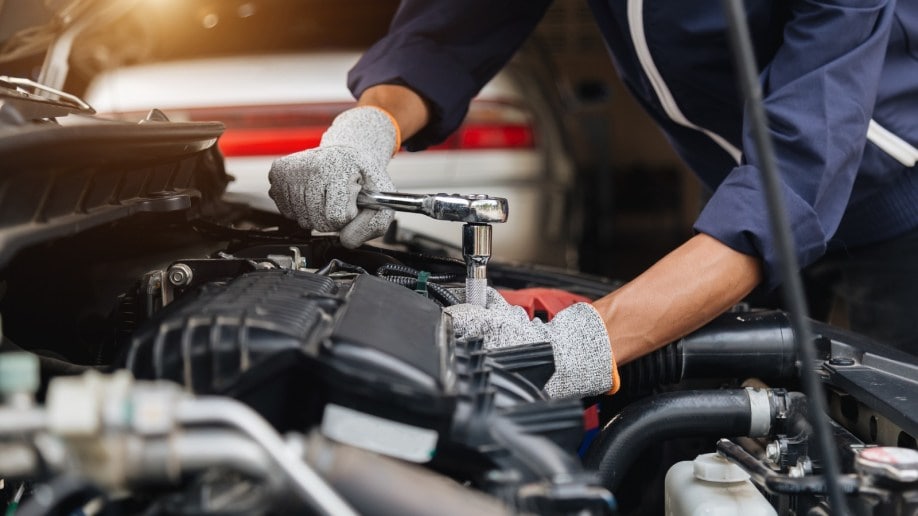
Credit: www.kbb.com
Frequently Asked Questions For Ultimate Guide To High-performance Ignition System Repair
Do High Performance Ignition Coils Make A Difference?
Yes, high performance ignition coils can make a significant difference. They produce a stronger spark, leading to improved engine combustion and increased power output. This results in enhanced acceleration, fuel efficiency, and overall performance of the vehicle.
Can Coil Packs Increase Horsepower?
Yes, coil packs can potentially increase horsepower by improving spark energy for better combustion efficiency.
How Do You Diagnose And Repair An Ignition System?
Diagnose ignition system by checking spark plugs, ignition coils, and wiring for issues. Repair by replacing faulty components and testing system for proper function.
How Do I Know If My Electronic Ignition Is Bad?
If your electronic ignition is bad, you may experience issues like the engine stalling, difficulty starting the car, or the check engine light turning on. Additionally, you might notice a lack of power and poor fuel efficiency. To be sure, it’s best to have a professional mechanic diagnose the problem.
Conclusion
Maintaining a high-performance ignition system is crucial for optimal engine functionality. By following the comprehensive steps and tips provided in this ultimate guide, you can effectively diagnose and repair any issues that may arise. Whether it’s replacing faulty components or fine-tuning ignition timing, prioritizing the health of your ignition system will ensure smooth and efficient operation of your vehicle.
Keep this guide as a reference and enjoy a reliable and powerful driving experience.


